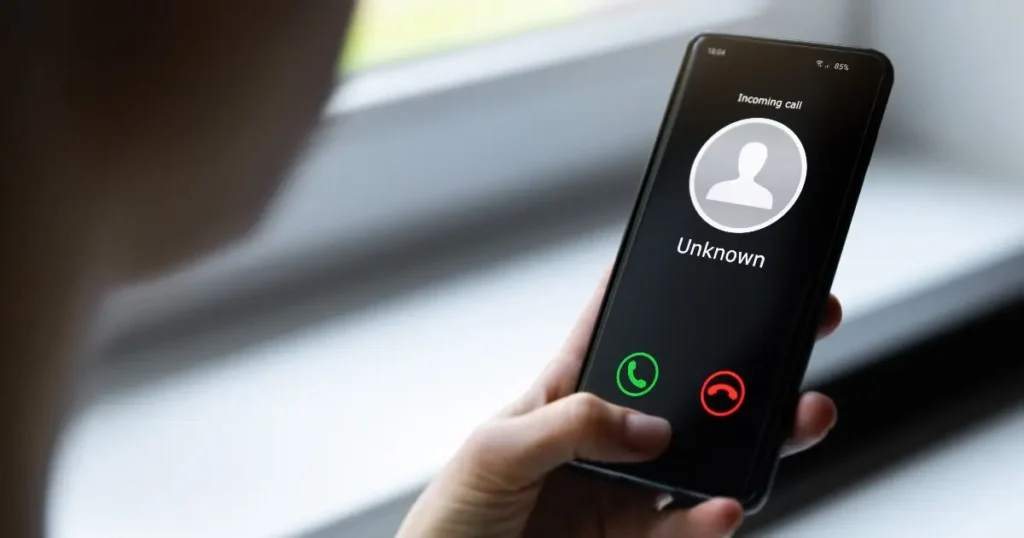Robocalls, those automated phone calls delivering pre-recorded messages, have become a nuisance for many, disrupting daily life and potentially posing serious threats. Among the multitude of robocallers, one number that has gained notoriety is 559-522-6884. In this article, we delve into the world of robocalling, explore the specifics of the 559-522-6884 robocaller, and discuss strategies to protect yourself from such unwanted calls.
Introduction to Robocallers
Robocalling is a practice where automated dialing systems deliver pre-recorded messages to a large number of recipients. These calls can range from legitimate announcements to fraudulent schemes. With advancements in technology, robocallers have become more sophisticated, making it increasingly challenging to discern genuine calls from scams.
The 559-522-6884 Robocaller
The number 559-522-6884 has gained infamy among recipients due to its frequent and persistent robocalls. Reports suggest that this number is associated with various scams, including fake IRS calls, lottery scams, and utility bill fraud. Despite efforts to block this number, it continues to plague individuals across different regions.
Why Robocallers Persist
Robocallers persist due to various factors, including legal loopholes and technological advancements. While regulations such as the Telephone Consumer Protection Act (TCPA) aim to restrict unsolicited calls, loopholes exist that allow robocallers to evade consequences. Additionally, advancements in Voice over Internet Protocol (VoIP) technology make it easier and cheaper for scammers to execute robocalling campaigns.
Risks Associated with Robocalls
Robocalls pose significant risks to individuals, ranging from financial scams to identity theft. Scammers often use robocalls to trick recipients into providing sensitive information such as Social Security numbers or banking details. Moreover, some robocalls impersonate legitimate organizations, leading unsuspecting individuals to fall victim to fraudulent schemes.
Protecting Yourself from Robocallers
Protecting oneself from robocallers requires proactive measures. Utilizing call blocking apps and services can help filter out unwanted calls and prevent them from reaching your phone. Additionally, registering your number on the National Do Not Call Registry can reduce the frequency of unsolicited calls from legitimate telemarketers.
Reporting Robocalls
Reporting robocalls is essential to combatting this pervasive issue. Organizations such as the Federal Communications Commission (FCC) accept complaints related to robocalls, enabling them to take enforcement actions against violators. Furthermore, consumer protection agencies at both the federal and state levels work to investigate and prosecute individuals and entities engaged in illegal robocalling activities.
Community Efforts to Combat Robocalling
Efforts to combat robocalling extend beyond individual actions to community-wide initiatives. Legislative bodies are working to enact stricter regulations and penalties for robocallers, aiming to deter fraudulent activities. Moreover, awareness campaigns educate the public about the risks of robocalling and empower individuals to recognize and report suspicious calls.
Conclusion
Robocalling remains a persistent problem in today’s digital age, with the 559-522-6884 robocaller being just one example of the numerous scams targeting unsuspecting individuals. By understanding the risks associated with robocalls and implementing preventive measures, individuals can safeguard themselves from falling victim to fraudulent schemes.

